Table of Contents
The Effect of Contrast Between Warm and Cold Tones
The combination of warm and cold tones in the photo can create interesting contrasts. This makes the visual effect of the picture more vivid and prominent.
Basically all colors can be defined as cool or warm colors. Of course, this is a completely subjective color feeling. The red-orange-yellow tones are reminiscent of heat (fire, bulbs, candles, sun), and the blue-cyan-green tones are reminiscent of cold (water, sky, ocean).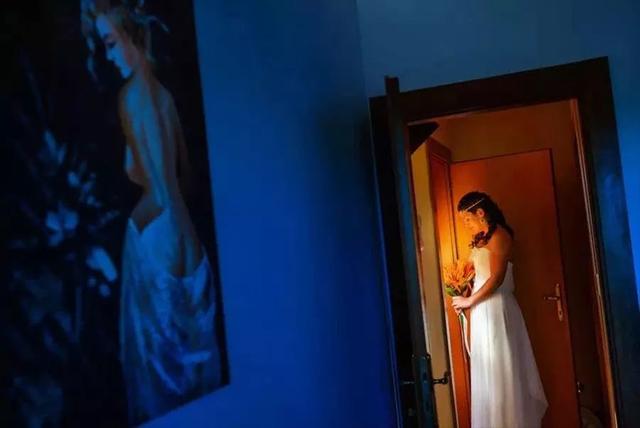
Pursuing the blending of cold and warm tones in the picture is nothing more than attention: color and light.
Creating a contrast between cold and warm is a commonly used artistic expression technique when shooting. Most of the contrast effects of heating and cooling are realized by using the difference in the color temperature of different light sources in the environment.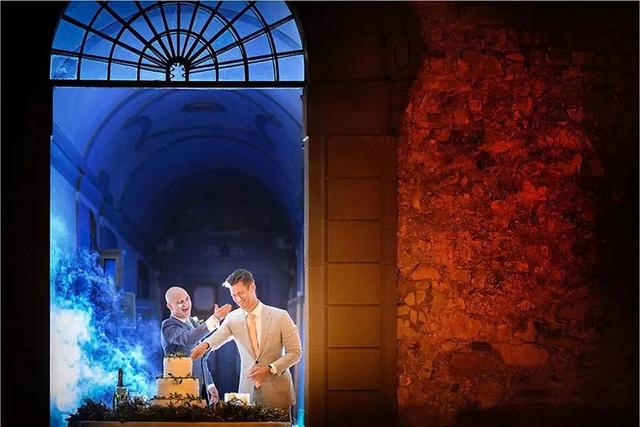
Warm colors give people a feeling of closeness, friendliness, and enthusiasm. Cool colors will form a long-distance, calm, and reserved atmosphere in the picture. Our visual characteristics are very sensitive to the contrast between cold and warm colors, and even the smallest difference will not be ignored by us. Especially when they are placed in the picture in a contrasting way.
When the color temperature of the light is not prominent, if the inherent colors in the environment can produce a contrast between cold and warm, sufficient attention must be paid to the composition. Because of the 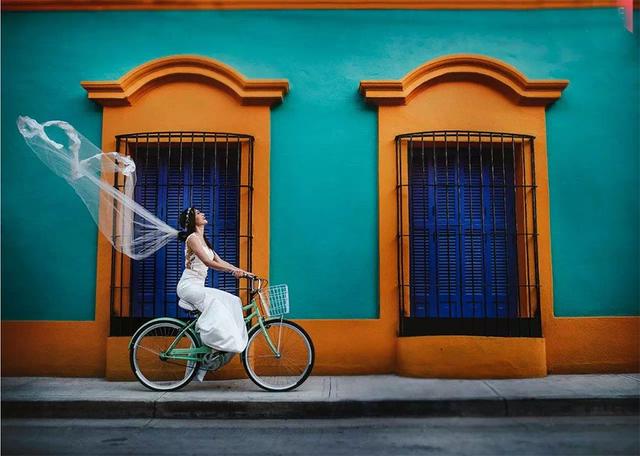
Several ways to create a contrast between cold and warm
1. During the clear day, take advantage of the blue in the shadows
Some places that cannot effectively reflect direct sunlight are greatly affected by short-wavelength light in visible light (because of its sufficient reflection and refraction). These places include cloudless sky, ocean, snow shadow, sunny day shadow, cloudy sky, etc. The color is mostly blue-purple, showing a high color temperature.
Therefore, the cloudless blue sky (different from the color temperature of the sun itself) has a high color temperature, around 10,000 k. When it is overcast and cloudy, the color temperature of scattered light from the sky is slightly lower than that of a clear day at noon, at 7000-9000k. The color temperature of the backlight shadow on a sunny day should also be higher than the color temperature of the sunny day.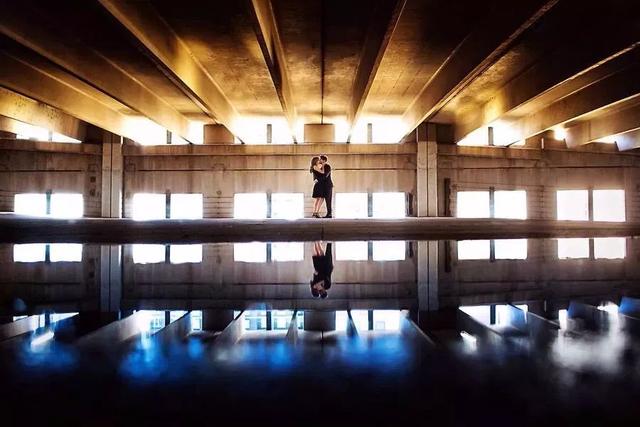
2. The unmissable color of the sky at twilight
The warm tone at dusk is caused by diffusion. Due to the low angle of illumination, sunlight has to penetrate a thicker atmosphere, and the atmosphere is easier to absorb blue and violet (shorter wavelength) light, so that we can see a strong red.
The sun’s light changes most rapidly after a period of time (20-30 minutes) before and after submerging into the horizon. The color of the sky at this time is very dramatic. Shooting in a large scene with a wide field of view, the horizon is wide and less obstructed. This can highlight the beauty and romance at sunset.
When the sun begins to sink into the ground plane, the color temperature of the light gradually rises (cold tones), but the sun becomes more saturated (orange-red), creating a contrasting color effect between warm and cold in the sky. It is very suitable for shooting silhouettes or semi-silhouettes at this time. Determine the exposure value based on the bright and colorful part of the sky (the edge of the cloud).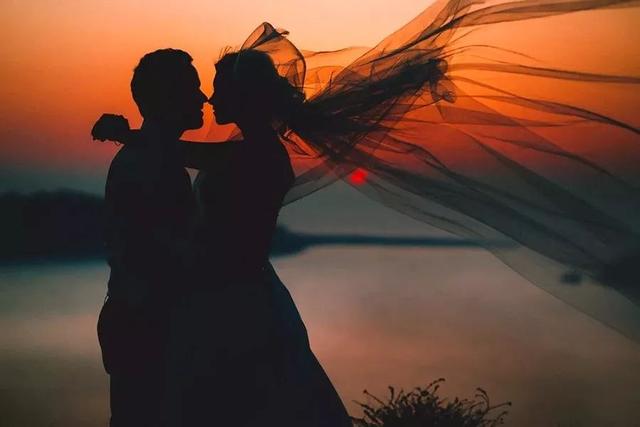
3. “Moment with density” shooting
The color temperature of the sky before sunrise and after sunset is high, and metropolises appear blue-purple. At this time, the light ratio of sky light to ground light is basically 1:1. What appears in the camera is that the sky and buildings have details and colors. The overall effect is gorgeous and dreamy.
The high color temperature of the sky light and the low color temperature of the ground light source form an excellent contrast between cold and warm. What we need to do is to make the model stand out. In addition to using the lights in the room, street lights, etc., photographers often place the flash (with orange film) on the back of the model to create a contour light.
This method of shooting must take into account the ambient light. If it is too early and the sky is too bright, the full output of the flash will also be difficult to achieve the effect. If it is too dark, the sky cannot show the “density blue” and the necessary details.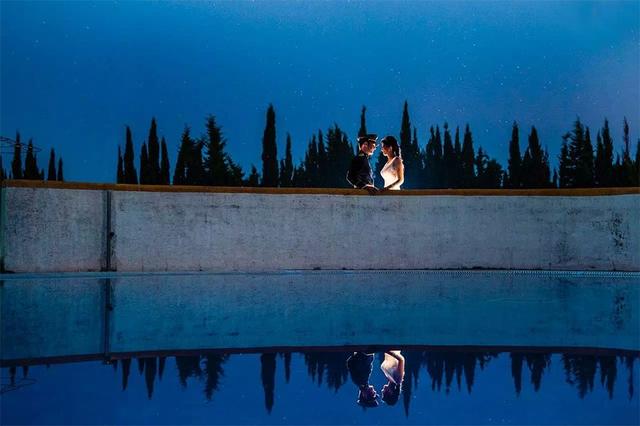
4. When shooting indoors, the sky through the window contrasts with the indoor lighting
When the model is in the room, the white balance can be adjusted to daylight mode to restore the model’s skin tone normally. Use a low color temperature light source (warm light) to create interesting prospects and create a warm atmosphere. At the same time, it contrasts with the blue sky seen in the background window.
Tip: The lower the color temperature value, the warmer the picture tone. The higher the color temperature value, the cooler the picture tone. When shooting a combination of cold and warm images, it is necessary to make a more accurate judgment on the color temperature. So that we can accurately restore the colors or achieve creative effects based on subjective intentions. That is: when the white balance value matches the ambient color temperature, the color performance is restored normally. When the white balance value is lower than the ambient color temperature, the color performance becomes colder. When the white balance value is higher than the ambient color temperature, the color performance is warmer.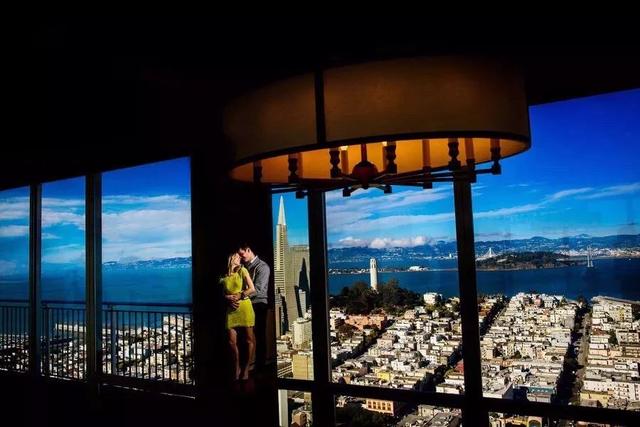
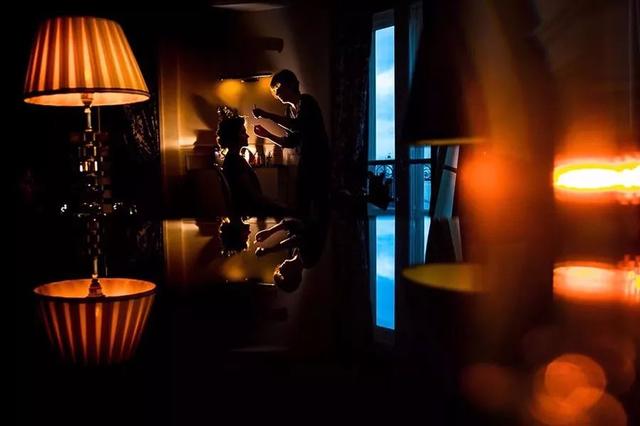
5. Warm foreground or background can express the mood of the picture
Using the difference of light color temperature to create interesting foreground or background will make the picture present a wonderful and dreamy color atmosphere.
To achieve this screen effect, you need to ensure the following three elements. First, there are lights of different color temperatures in the picture. Secondly, there must be bright “points” in the picture. That will become point sources of light under the light (or itself). Finally, use a large aperture to shoot, or there are other reflective surfaces in the picture. In this way we can blur the blurry spots.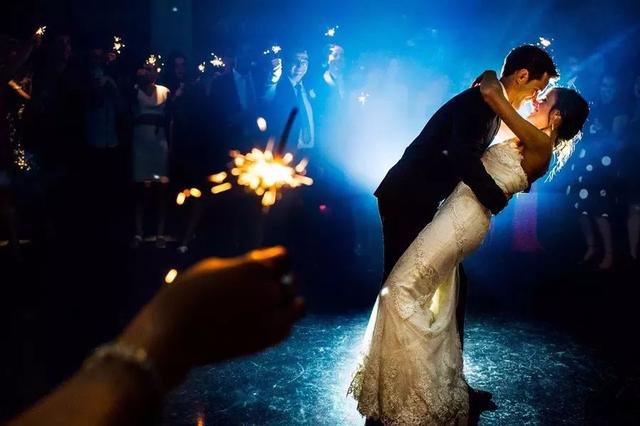
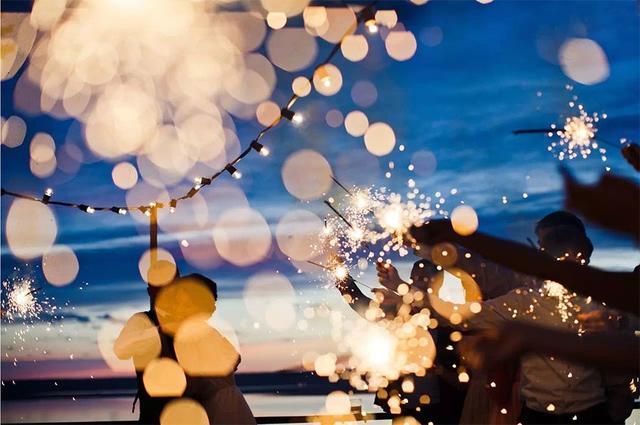
The fill light rendering is quite important. The color temperature of the model received light is in contrast with the color temperature of the ambient light.
When the model is in a low color temperature light source environment, the cold light source is used to complement the light and the warm ambient light is echoed.
When the model is in a high color temperature light source environment, the warm light source is used to complement the light and the cold-tuned ambient light is echoed.